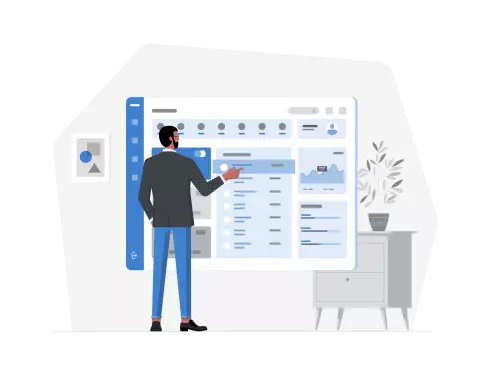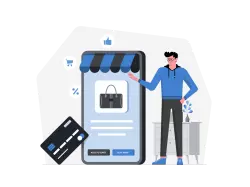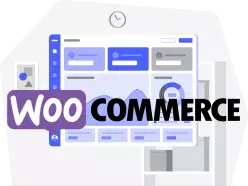5 Tactics That Use Sales Psychology to Increase Your Conversion Rate
Want to use Sales Psychology to further Increase Your Conversion Rate?
Use these Five Tactics to convert more visitors into customers.
These are five proven tactics to increase your Conversion Rate
Read:
Reciprocity
Social Pressure and Peer Pressure
Relevance and Context
Simplify Decision Making
Consensus Effect
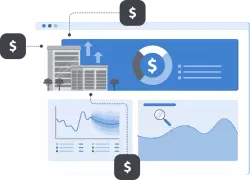
The psychology of your customers plays a role in every single order in your online store. In addition to a logical and rational selection process, emotions and impulses play a major role.
In stationary retail, this has been known for over 100 years. Harry Hollingworth (born 1880) was one of the first psychologists to link psychology with the world of advertising.
What has worked well in retail for many decades can also be applied to E-Commerce and your store. The better you use psychological principles in your store and marketing, the more you influence your Conversion Rate.
Go through the following five methods. You will increase the conversion rate in your E-Commerce store with these sales psychology measures. Check if you already and how you use them in your store. Are you looking for support with the audit, I will be happy to help you with CRO Consulting.
Reciprocity
Method 1: Offer Something Free to Sell More – Reciprocity
In 1976, Phillip Kunz and Michael Woolcott came up with a Psychological experiment in Chicago. The question they both asked themselves is this: If you send a Christmas card to a stranger, will that person respond?
To find an answer to this, there was only one method: send Christmas cards!

Mr. Kunz and Mr. Woolcott picked up the Chicago telephone directory. From this 578 people out, which the two did not know.
The two sociologists put a lot of effort into the cards. Some were just white with handwritten “Merry Christmas” on the front. Other cards were expensive cards with decor and poetry and winter themes. Some cards ended with Dr. and Mrs. Kunz, whereas others were from Phil and Joyce.
But always two facts were identical: The addressees received a Christmas card from completely unknown persons. And these cards all had a sender address.
What would you do in such a case?
In this experiment, six people wrote back directly asking how they knew each other. Even the Chicago police received a call from a Kunz family who wondered why so many people were calling them asking who Phil and Joyce were and how they knew each other.
The Christmas cards even generated so much excitement that the issue made it onto a local radio station and revealed the background.
But before everyone realized what was at stake, Mr. Kunz and Mr. Woolcott had already achieved an impressive result.
117 recipients, or about 20%, wrote back a Christmas card themselves! Some of the reply cards were just simple cards, other people wrote letters of several pages or even send photos of their children or pets.
Even without knowing the sender, some people feel some sort of pressure or compulsion to respond.
This study is often cited when the Topic of Reciprocity is raised.
Which method can you use to implement reciprocity in your online store?
One common way is to send Coupon Codes via your Marketing Automation.
Another option, for example, would be to provide something free for testing. How do you think mattresses sell better? Five minutes of test lying with clothes at Ikea or 100 days of free testing at your home?
Consider how you can introduce and offer reciprocity in your online store. It is a psychological tool that helps to increase your conversion rate.
Social Pressure and Peer Pressure
Method 2: Put Social Pressure on Your Visitors
„The Standard is a Magnet. It attracts people,” says Robert Cialdini, professor emeritus at Arizona State University. He is the author of a seminal research paper on “normative messaging.” He says people don’t want to feel abnormal. We all want to be part of the vast majority.
For an Experiment in 2003 in San Marcos, California, Cialdini and his team of graduating students did something interesting.
They hung Signs on 1207 doors of middle-class homes. These signs asked residents to turn off their air conditioners and use the fans instead.
The sticking point: a total of four different reasons for switching off the air conditioners were given on the signs.
- Save the Planet
- Save Money
- Act Like a Good Citizen
- Do Like Your Neighbors
For what reason would you turn off your air conditioner?
The research team expected saving money to be the most compelling argument. Interestingly, none of the first three arguments were convincing. Only the fourth argument had an impact on electricity consumption in the neighborhood.
Although all were detached houses, what the neighbors do had the most impact. Professor Cialdini sees this as a confirmation of the vast majority. If all the neighbors are doing it this way, then it must be right.
And don’t you know this from yourself as well? It’s summer, you’ve already heard today that three neighbors have mowed the lawn and your lawn is particularly long after three weeks of vacation. How long can you stand the looks of your neighbors, who have all already mowed their lawns?
Put this social pressure to work in your store. It works!
A product has already been ordered 5000 times? Make it clear – so many people can not be wrong!
Encourage your customers to leave reviews, too. Publish comments from satisfied customers in your product descriptions.
Test and find out how to incorporate social proof and social print into your store.
Relevance and Context
Method 3: Relevance and Context in Sales Psychology and Conversion Rate
Even before a customer orders something in your online store, a relationship must exist. Relevance helps to establish a relationship more quickly.
There are numerous studies in the field of Cognitive Psychology that prove that previous experiences influence the processing of new information.
New situations automatically arouse in us earlier feelings, knowledge, and associations. All this knowledge from previous experiences in the form of mental models influences us in the perception of the new situation.
A Few Words About Mental Models
We form mental models as ideas, images, and assumed truths from past experiences. With the help of these models, we can make predictions and decisions.
This is why famous people and influencers are so effective. As soon as we realize that a person we know and possibly even admire is promoting a product, we have more confidence in that product.
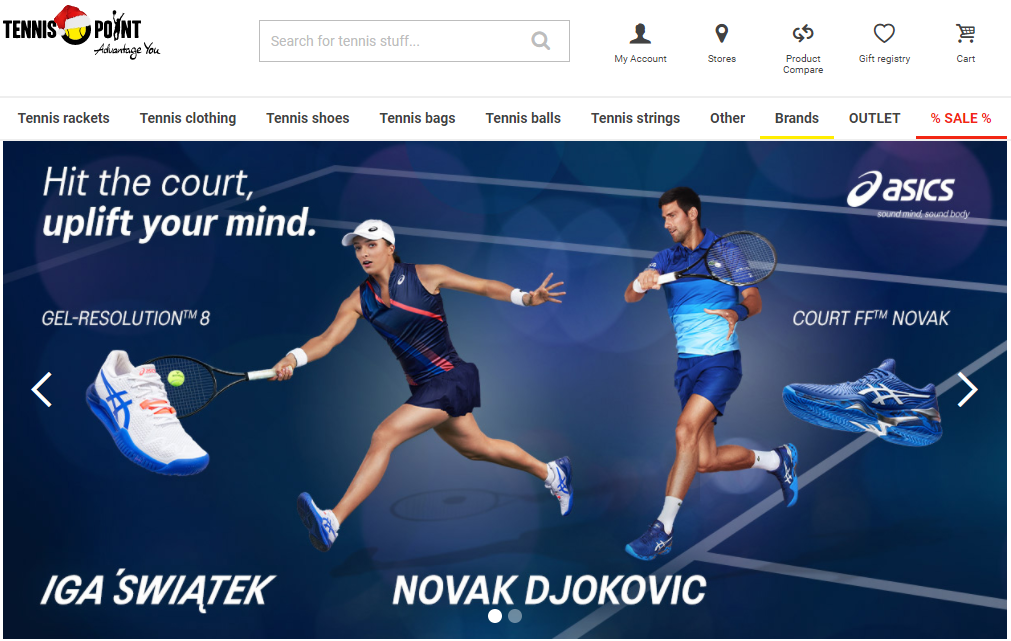
People respond differently to triggers and impulses. If only if a home page or Landingpage appeals to a person, that page builds purchase motivation.
Relevance plays an important role!
It makes a topic (in our case a landing page or store content page) more understandable and tangible.
An example of this is a question that the Mountain Bike Riders among us certainly know: MTB or E-MTB?
Advice pages that provide good details on this issue are extremely relevant for people facing this decision.
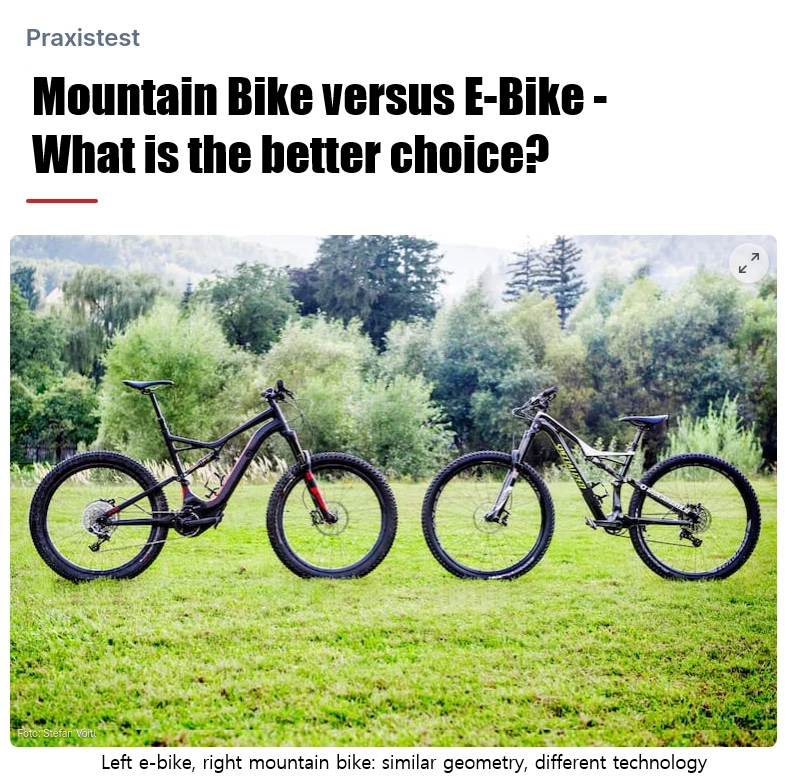
How relevance helps make your content and offerings memorable
For this principle, let’s first look at our brain. The Hippocampus is a part of our brain. It sits on the inner edge of the temporal lobe and plays a very special role. With the help of the hippocampus, we can information transfer short-term memory to long-term memory. In addition, the Hippocampus is responsible for the coordination of different memory contents.
To get back to mountain bikers, here’s an example. In test reports and comparisons, photos and videos are used of rides with the bike in the forest, on single trails, and with great scenery. When you do this, your Hippocampus becomes very active and coordinates the connection between the information. The one you are reading and seeing with your own impressions that you have gathered over many tours.
Now, you can probably imagine that all elements on your landing page or content page should have relevance. Title and headlines, photos, text, colors, etc.
So for your message to resonate with your visitors, it must be relevantly “packaged” and personal. This is the only way your target group can feel addressed and build a relationship.
Go for Specific User Segmentation
They achieve a kind of “Hyper-Personalization” with two approaches.
First, on the purely technical side, look at the browser and screen resolution. In addition, check from where a visitor reached your landing page.
This information already says a lot about individual visitors. With A/B testing and Marketing Automation, you can play out the optimal content for each visitor.
Once your visitors interact with your store, you can go one step further. Depending on the click path and page history, you can display different content.
If you buy traffic (i.e. place ads on Facebook, Google, etc.), you already have the option to filter there. Test these options there as well and measure exactly which target group responds better to your hyper-personalization.
Simplify Decision Making
Method 4: Reduce Options and Help in Decision Making
The more options and choices we have, the better it is. That’s the common assumption these days. Is this really always so correct?
That’s what Sheena Iyengar and Mark Leppe wondered in 2000 and conducted an experiment on it.
They set up a booth with different kinds of jams at a Gourmet market. Then the two invited visitors to the market to taste jams. After one visitor: in tasted, Ms. Iyengar and Mr. Leppe offered this visitor a $1 discount.

In the beginning, the two supposed traders offered 24 different types of jam. After a few hours, they reduced the offer to six varieties. Then the two switched between the 24 and 6 offer range every few hours.
Interestingly, they had more people interested in the 24 offer range. However, only three percent of the visitors bought something.
The 6 offer range of offers attracted fewer prospective customers. However, the conversion rate was 30%!
What do we learn from this?
Too many choices prevent your visitors from making decisions.

Make it easy for your visitors to find a decision. Reduce the possible options. Especially if you could offer a product in dozens of colors, that doesn’t mean you should.
When in doubt, just try it out with A/B Testing and measure the number of optimal options for your visitors.
A caution here: especially when it comes to SEO for your Category Page, pay attention to the “right” number of products.
If you sell wall tattoos for the living room, for example, and want to get to the top of the search results, the selection counts for Google.
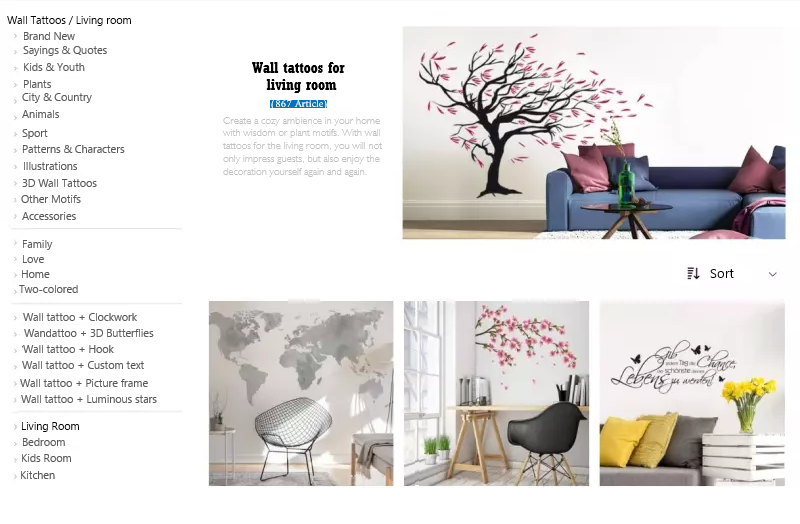
If all your competitors offer several hundred products and you offer only a few, you will not be able to rank with your category under the term.
Consensus Effect
Method 5: False Consensus Effect or: How you should not make decisions
You’ve probably read it over and over again: put your customers first. Listen to your customers and their feedback and improve your customer experience accordingly.
That sounds logical. However, we put stumbling blocks in our own way with our assumptions and opinions.
Psychology Professor Lee Ross has already conducted an experiment in 1977, that can still help you make the right decisions today.
Mr. Ross gave participants in the study a book to read in which a conflict was described. After study participants read the book, Mr. Ross and his team told them that there were two possible conflict outcomes or solutions.
Next, subjects were given the following three tasks.
- Estimate which conflict resolution most people would choose.
- Which conflict resolution would you choose?
- Which types of people would choose solution A or B?
Many participants felt that most people would choose the same solution as they did.
In addition, some of the participants were extremely judgmental of the personality types of the other group.
As the person responsible for your store, product assortment, marketing, and conversion rate, take this experiment to heart.
Remember that not everyone sees your offerings and communication around them the way you do.
Accordingly, avoid making business decisions based on your gut.
Collect and measure data! Take a close look at what happens with which changes. Also, use A/B testing. There is enough software like A/B testing tools. You can find some options in WooCommerce Plugins to Optimize Your Conversion Rate. In addition, A/B Testing can be found in a lot of software and special Marketing Automation.
Conclusion
Conclusion on Sales Psychology and Conversion Rate
You can see that some small changes can already have a big impact. Pay attention to this when creating your content. Both the product and category pages as well as with all landing pages and general content pages in your store.
CRO Hub Overview

Increase Conversion Rate:
Sales Psychology and Your Conversion Rate
German CRO Database
Conversion Rate Optimization & Consulting
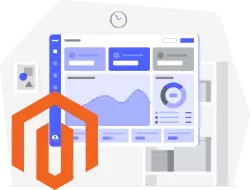
Magento CRO:
